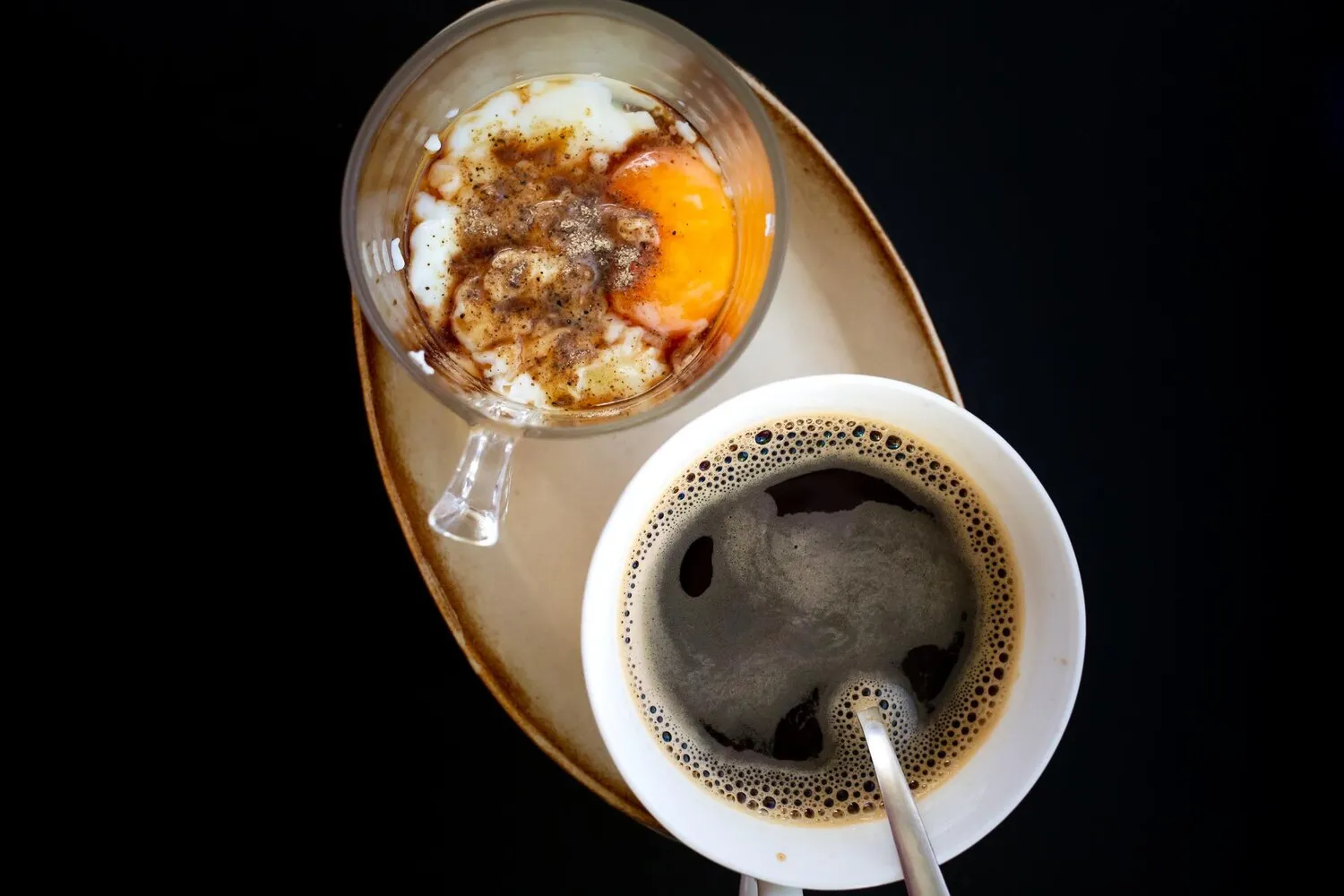
Espresso
Concentrated coffee brewed by forcing hot water through finely-ground coffee beans.
Nutrition Facts
* The % Daily Value (DV) tells you how much a nutrient in a serving of food contributes to a daily diet. 2,000 calories a day is used for general nutrition advice.
The development of espresso is linked to the late 19th-century search for a faster way to brew coffee in Milan, Italy. Angelo Moriondo patented a 'new steam machine for the economic and instantaneous confection of coffee beverage' in 1884. Luigi Bezzera further refined the process in the early 1900s, and Desiderio Pavoni provided the commercial push with the establishment of 'La Pavoni' and the introduction of spring-piston levers for consistent pressure, marking the birth of modern espresso.
Espresso is deeply woven into Italian culture and social life, representing a quick and efficient caffeine boost, a social ritual, and a key ingredient in numerous coffee beverages worldwide.
Italian Coffee Culture
In Italy, espresso is typically consumed standing at the bar in the morning. It's a quick, efficient way to start the day and is a common part of Italian social interaction.
Espresso-Based Drinks
Espresso is the base for countless coffee drinks, including cappuccino, latte, macchiato, americano, and more. Each variation has its unique place and cultural significance in different regions.
Social Meetings
Coffee shops and cafes, largely popularized by the prevalence of espresso, provide a place for people to gather, socialize, and conduct business, furthering their impact on global cultures.
Espresso is characterized by its intense, concentrated coffee flavor, often described as bold, rich, and slightly bitter with underlying sweet notes depending on the bean origin and roast level.
The flavor profile is multifaceted and can include notes of chocolate, caramel, nuts, fruits, and spices. The crema, a reddish-brown foam on top, contributes to the texture and perceived flavor. The specific flavors are heavily influenced by the type of coffee bean (Arabica, Robusta, or blends), the degree of roast (light, medium, or dark), and the water quality used for brewing. Under-extraction can lead to sourness and acidity, while over-extraction can result in bitterness. The ideal extraction produces a balanced, sweet, and complex flavor.
Grind Size
Use a fine grind that feels like powdered sugar. A too-coarse grind results in under-extraction and a weak, sour espresso, while a too-fine grind leads to over-extraction and a bitter, burnt taste.
Tamping
Tamp evenly and firmly with approximately 30 pounds of pressure. Uneven tamping creates channels for the water to flow through, leading to uneven extraction.
Water Temperature
Maintain a water temperature between 195-205°F (90-96°C). This temperature range ensures optimal extraction without burning the coffee.
Extraction Time
Aim for an extraction time of 25-30 seconds. The ideal yield is approximately 1-2 ounces (30-60 ml) for a double shot. Adjust the grind size if your extraction time is off.
Explore additional Coffee dishes and restaurants
Explore CoffeeDiscover top dining spots and culinary experiences in St. Gallen.
Explore St. GallenLearn more about the food culture, restaurant scene, and culinary heritage of Switzerland.
Explore Switzerland